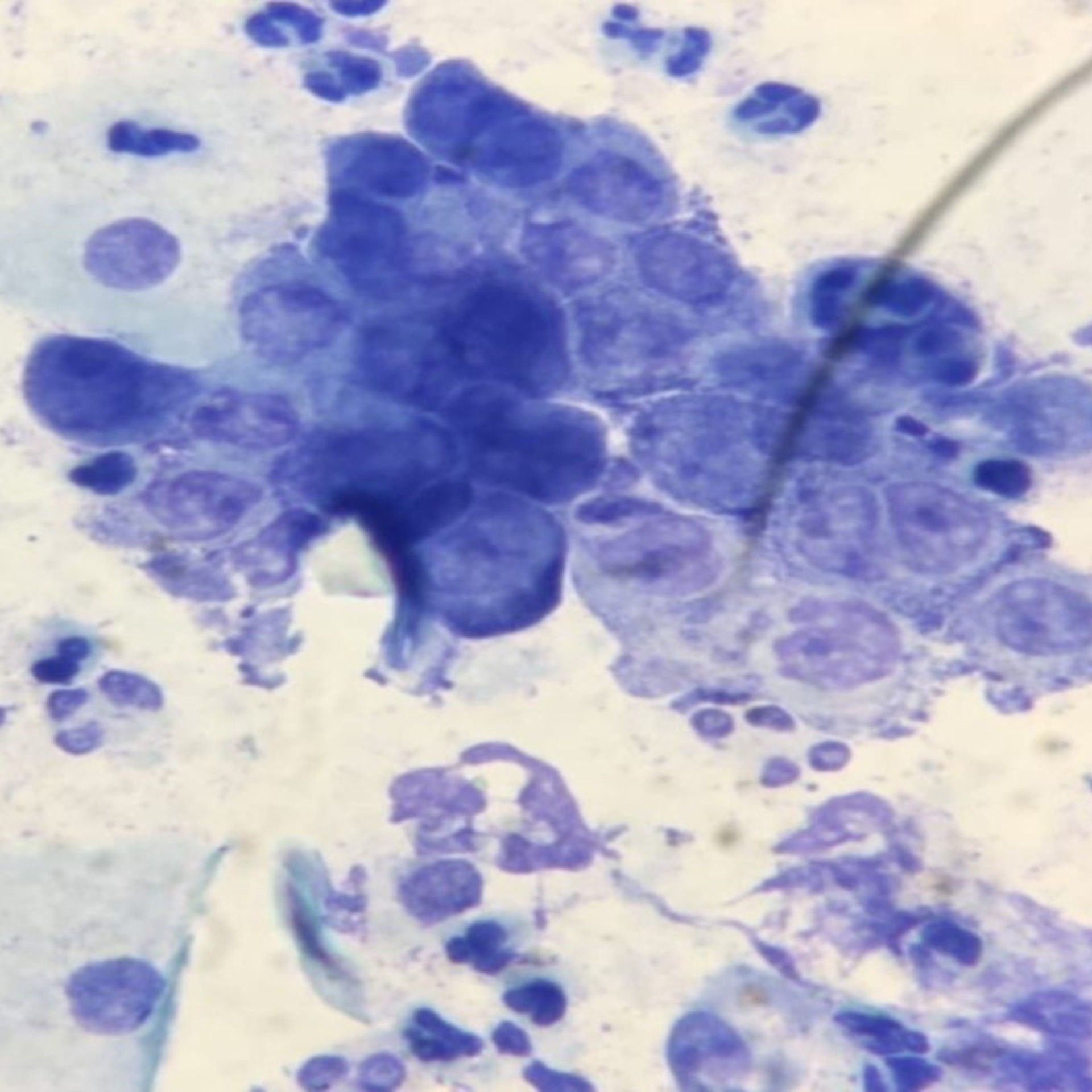- Frequency systems
- NLS systems
-
Themes
- Tumours benign (benign)
- Tumour malignant (malignant)
- Polyps
- Cysts
- Viruses
- Bacteria
- Dermatology and frequencies
- Gynaecology and frequencies
- Diseases and frequencies
- Neoplasia and frequency therapy
- Pathogens and frequency therapy
- Esotericism and frequency therapy
- Hydrogen - frequency therapy
- Topics Electrosmog
- KE herbs blog
- Frequency therapy basis
- Biozapper
- Hunter 4025 - Meta Hunter
- Frequency therapy in Austria
- Health in general
- Element theory
- Mycotherapy
- Vital field
- Allergies
- Acid-base balance
- Fungal diseases
- Buchempfehlungen
- Komplementäre Medizin
- Supplements
- E-Smog
- Frequencies | Diseases
- Analysis | Consulting
- Education
Bacteria
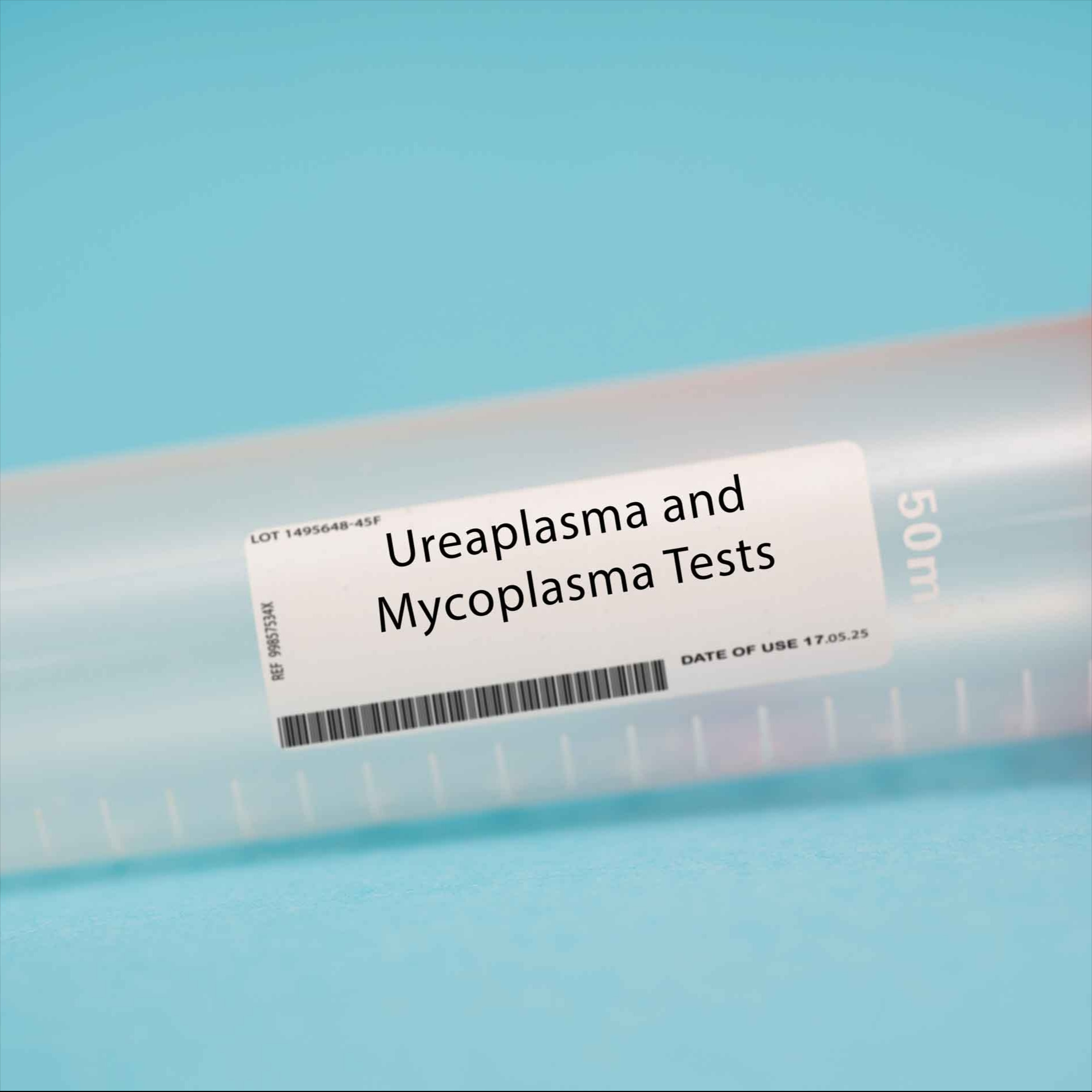
Ureaplasma
von: Eder Herbert
May 29, 2024
Ureaplasma is a genus of bacteria that belongs to the mycoplasma family and is found in the human microflora.
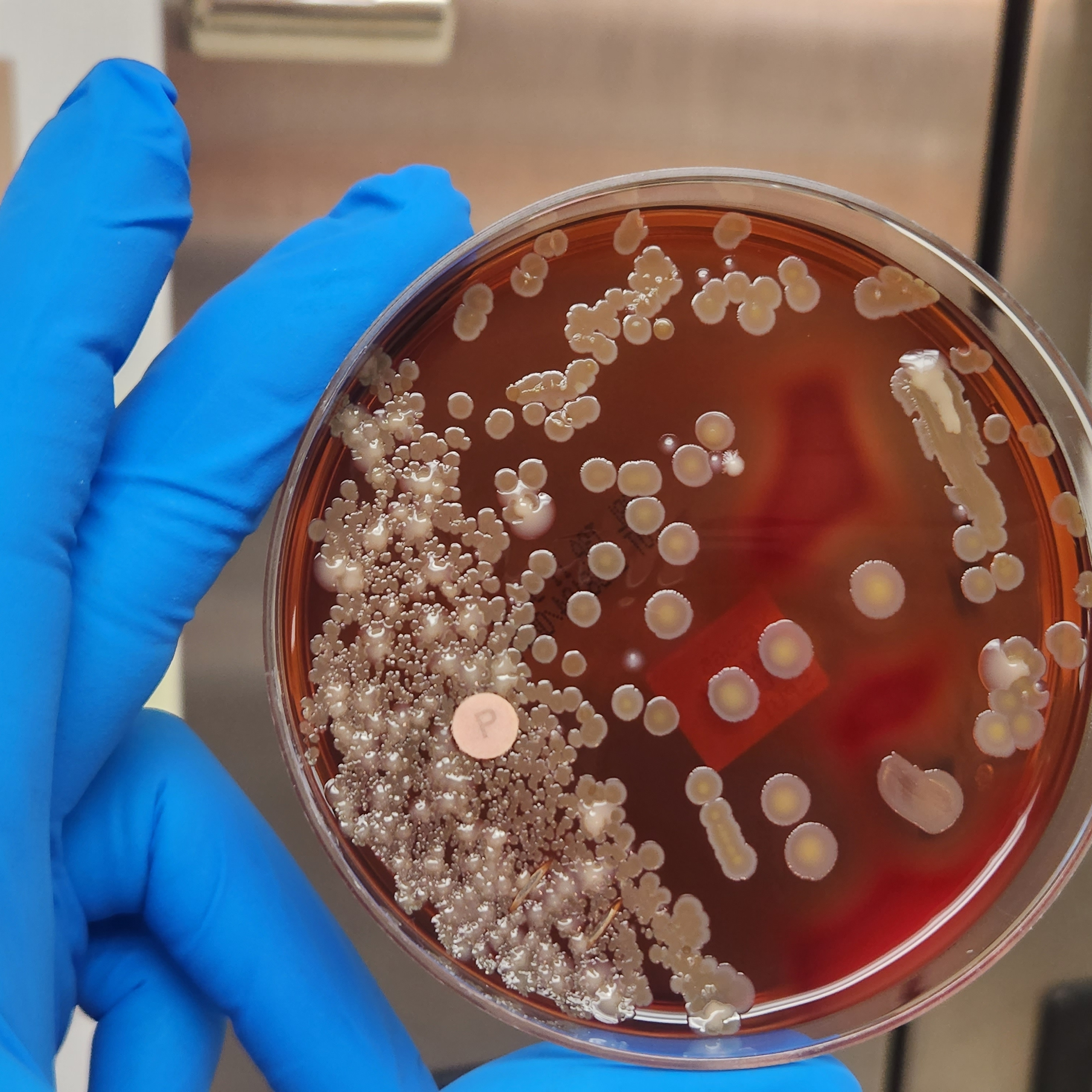
Acinetobacter bacterium and its significance for health
von: Eder Herbert
January 13, 2024
Acinetobacter bacteria belong to a group of microorganisms that can be found in various environments, including soil, water and also in healthcare facilities.
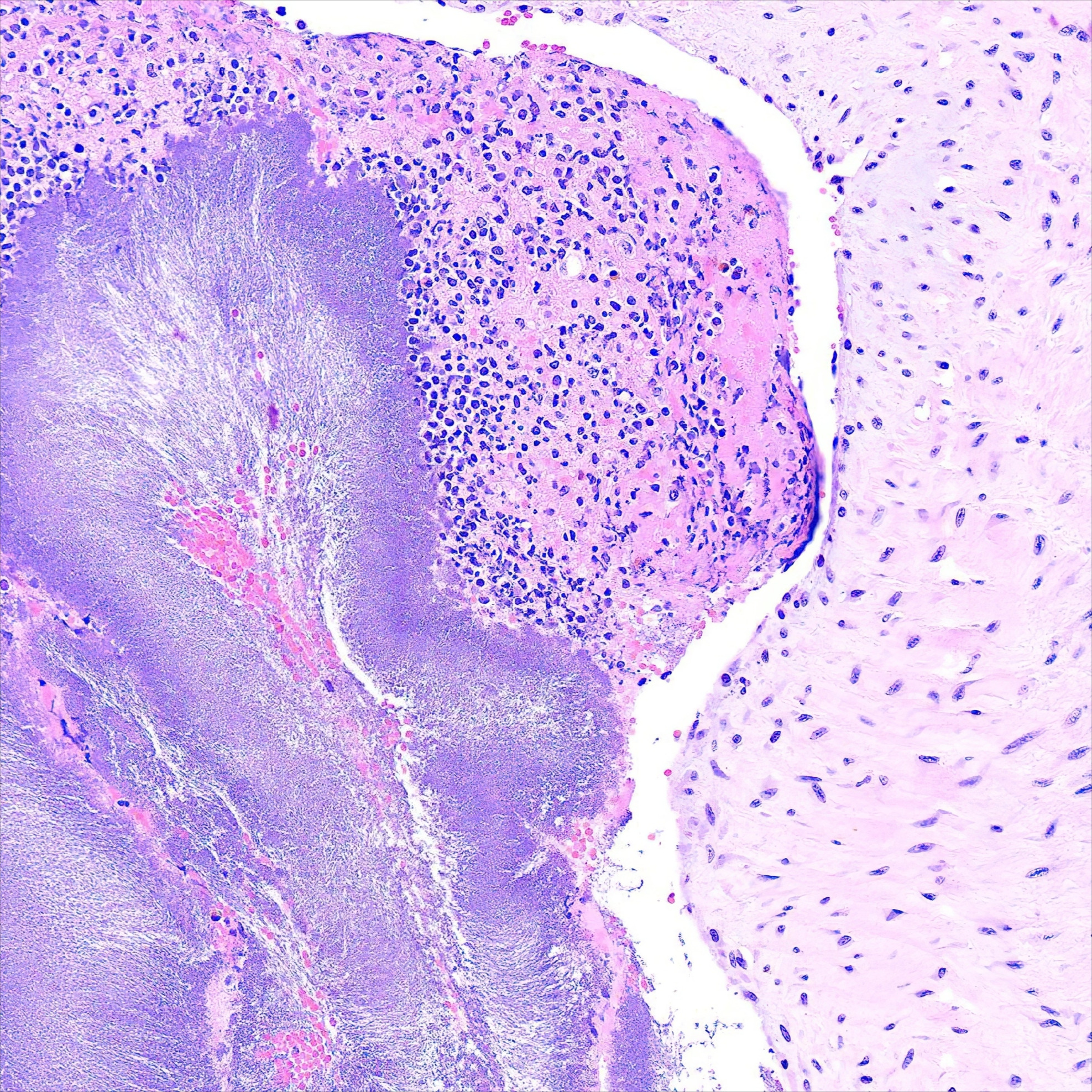
Actinobacillus equuli
von: Eder Herbert
January 13, 2024
Actinobacillus equuli is a bacterium that is mainly found in horses and can lead to various diseases.

Actinomyzes clavatus
von: Eder Herbert
January 13, 2024
When it comes to the treatment of infections caused by Actinomyces clavatus, one encounters a complex organism that poses challenges for patients and doctors alike.
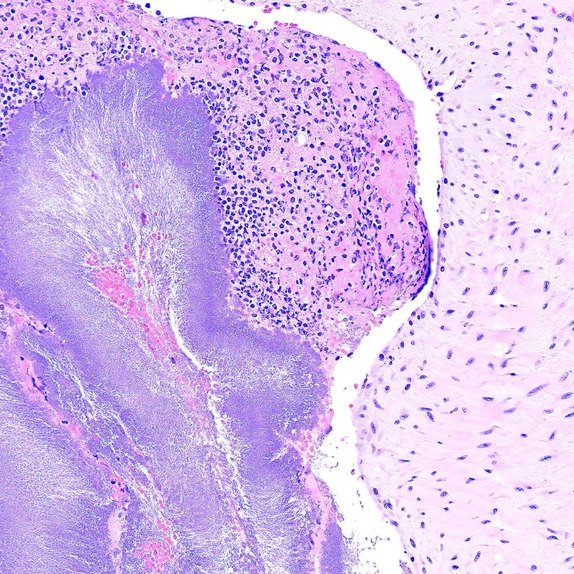
Actinobacillus-associated endocarditis
von: Eder Herbert
January 10, 2024
Actinobacillus-associated endocarditis: A hidden enemy inside the heart. Endocarditis is a serious disease that affects the inner lining of the heart, known as the endocardium.

Lactobacillus acidophilus
von: Eder Herbert
January 9, 2024
Lactobacillus acidophilus and the role of frequency therapy in microbiome management

Cancrum oris
von: Eder Herbert
April 20, 2023
Cancrum oris is also called noma or gangrenous stomatiti and refers to a fatal infection of the oral cavity and affects the mouth, nose and lips.
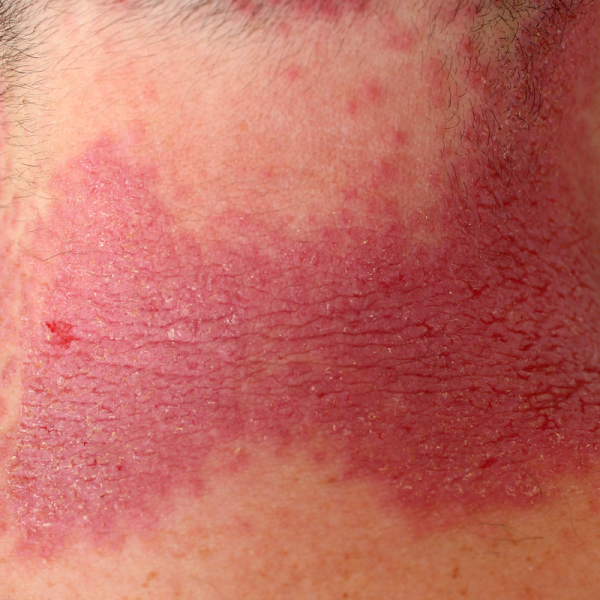
Darier's disease
von: Eder Herbert
April 20, 2023
Darier's disease is also called dyskeratosis follicularis and describes a rare hereditary skin disease caused by a chromosomal mutation.
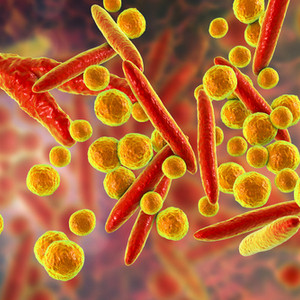
Mycoplasma genitalium
von: Eder Herbert
April 20, 2023
Mycoplasma genitalium (genital mycoplasma) is a bacterium that infects mucosal cells of the urogenital tract.

Nano bacteria
von: Eder Herbert
April 20, 2023
Nano bacteria were discovered in cell cultures in 1994, they are also called ultra micro bacteria.

Streptococci
von: Eder Herbert
April 20, 2023
Streptococci are a widespread bacterial species of which many different strains exist.

Bacillus cereus
von: Eder Herbert
March 3, 2023
Bacillus cereus is a motile, rod-shaped, gram- and catalase-positive, spore-forming and facultatively anaerobic bacterium belonging to the genus Bacillus
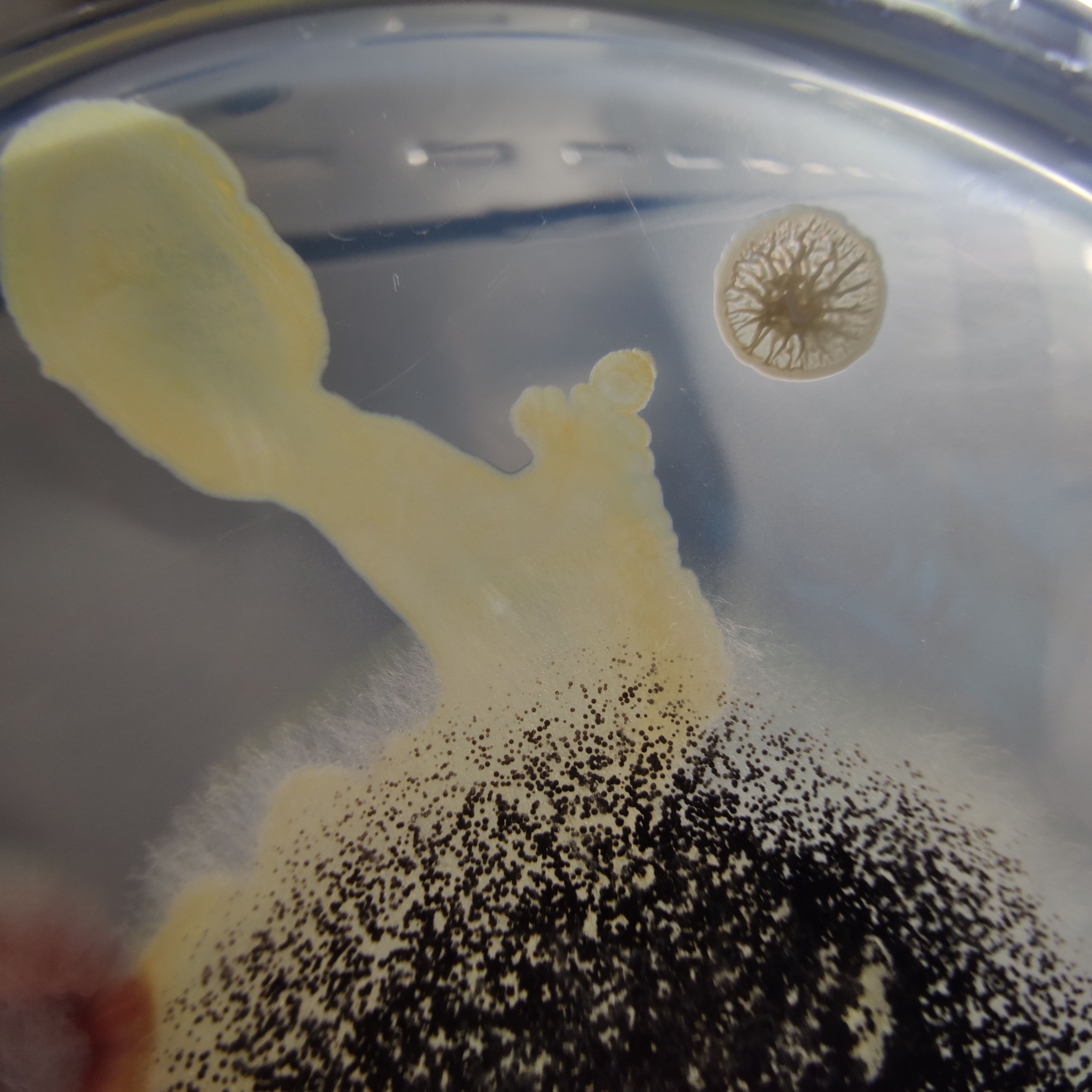
Bacillus subtilis subsp. Niger
von: Eder Herbert
March 3, 2023
The term Bacillus subtilis subsp. Niger refers to an airborne pathogen.
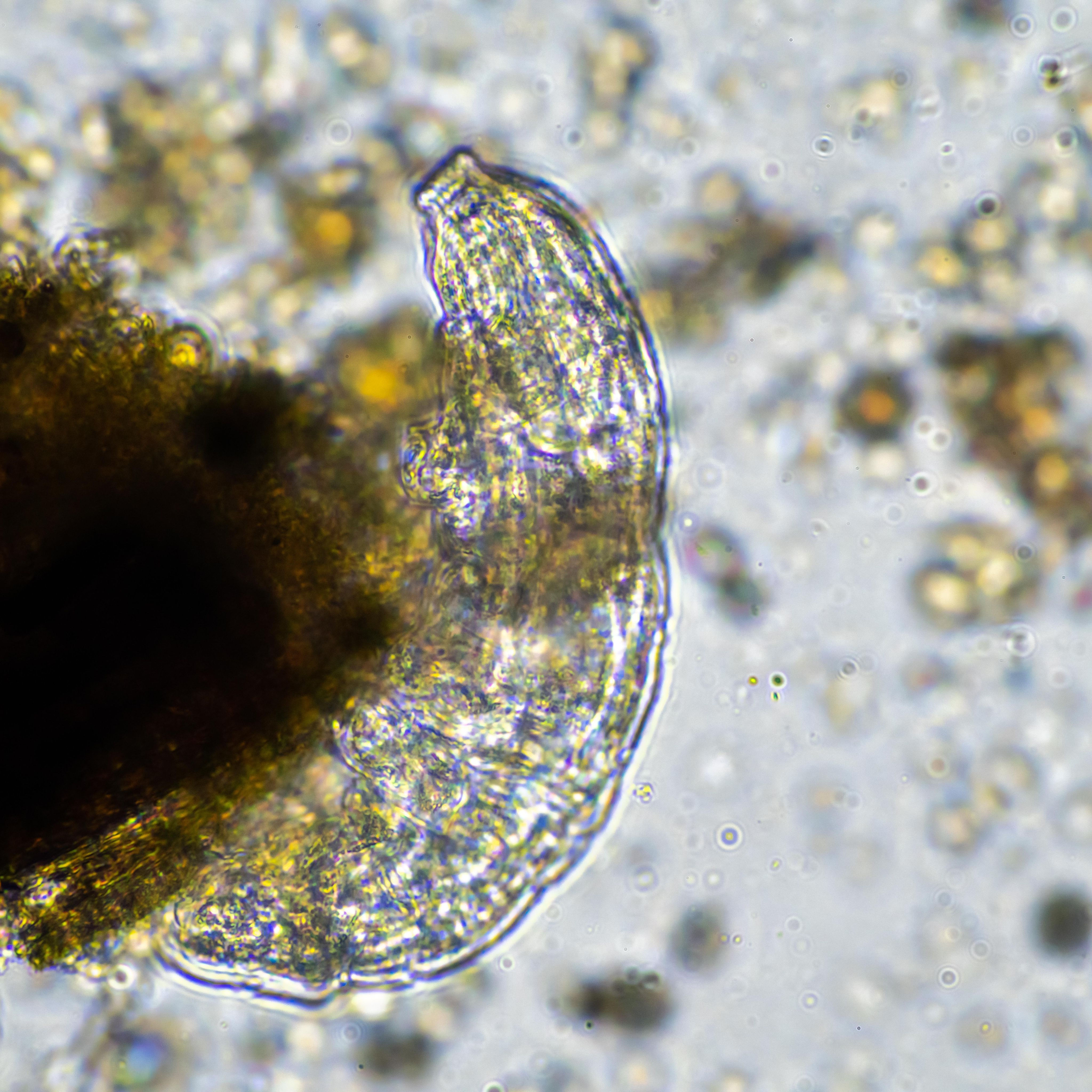
Bacteroides fragilis
von: Eder Herbert
March 3, 2023
Bacteroides fragilis belongs to the genus Bacteroides, also called Bacteroidaceae.

Bartonella alsatica
von: Eder Herbert
March 3, 2023
Bartonella alsatica is the name of a bacterium. The bacterium has been detected in the spleen and liver of wild rabbits and in the liver of domestic rabbits.

Bartonella bacilliformis
von: Eder Herbert
March 3, 2023
Bartonella bacilliformis, also known as South American bartonellosis, is a rod-shaped bacterium belonging to the genus Alphaproteobacteria.

Bartonella bacteria
von: Eder Herbert
March 3, 2023
Bartonella is the name given to a genus of bacteria. Mostly, these are parasitic bacteria, i.e. those that exist within a host cell (i.e. intracellular).

Bartonella birtlesii
von: Eder Herbert
March 3, 2023
Bartonella birtlesii is a facultative intracellular bacterium. In concrete terms, this means that the intracellular bacteria can enter their target cells and multiply in the cytoplasm.
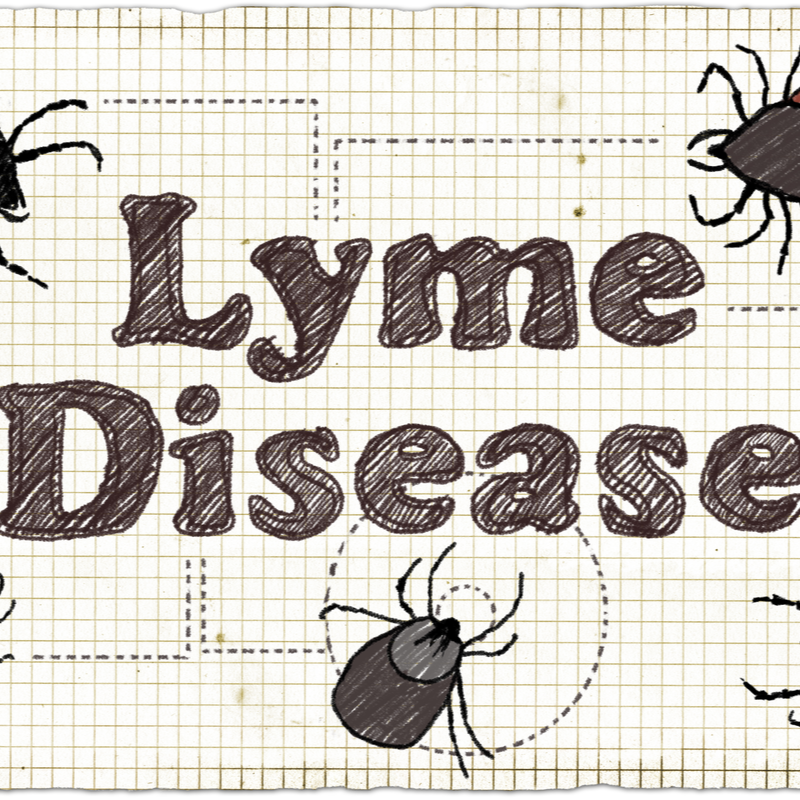
Bartonella borreliosis pathogens
von: Eder Herbert
March 3, 2023
The Bartonella borreliosis pathogen is a bacterium that is transmitted by ticks.

Bartonella Bovis
von: Eder Herbert
March 3, 2023
The Bartonella bovis pathogen, formerly also known as Bartonella weissi, is a pathogenic bacterium. For the first time, the bacterium was isolated from European ruminants (specifically cattle)

Bartonella clarridgeiae
von: Eder Herbert
March 3, 2023
Bartonella clarridgeiae is from the Bartonella genus and is a gram-negative bacterium. The pathogen was first isolated in the United States.

Bartonella Doshiae
von: Eder Herbert
March 3, 2023
The Bartonella doshiae pathogen is a bacterium and can cause diseases in animals. It mainly affects small mammals such as rats, but also mice, in which the Bartonella doshiae pathogen has been detected.

Bartonella Elizabethae
von: Eder Herbert
March 3, 2023
Bartonella elizabethae pathogens are also known by the former name "Rochalimaea elizabethae". It is a bacterium of the genus Bartonella.
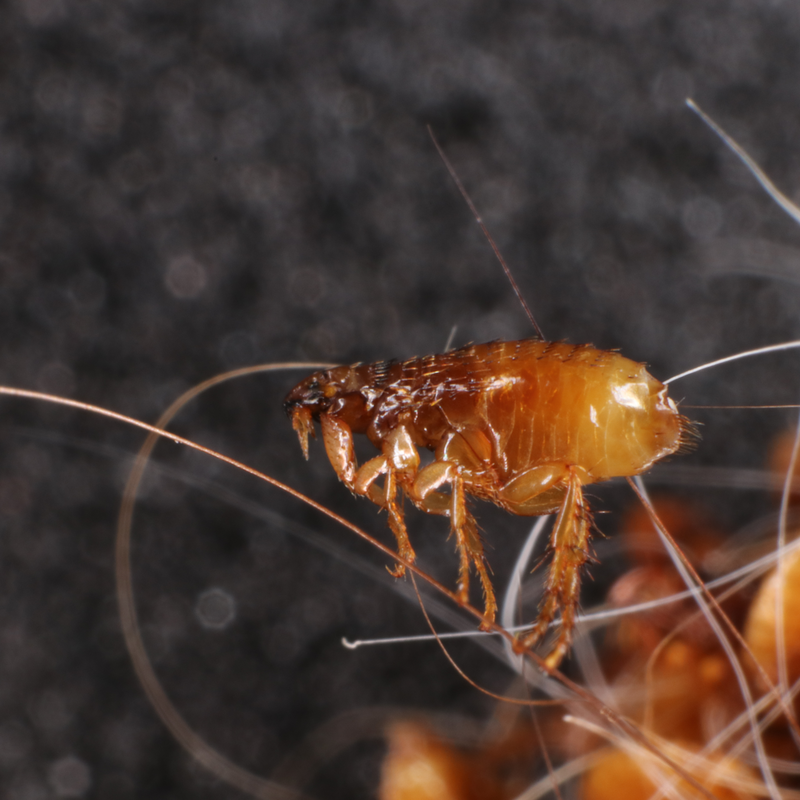
Bartonella grahamii
von: Eder Herbert
March 3, 2023
The Bartonella grahamii pathogen is a bacterium and belongs to the Bartonella genus

Bartonella koehlerae
von: Eder Herbert
March 3, 2023
Bartonella koehlerae are bacteria of the Bartonella genus. They are described as a human pathogen that can cause culture-negative endocarditis
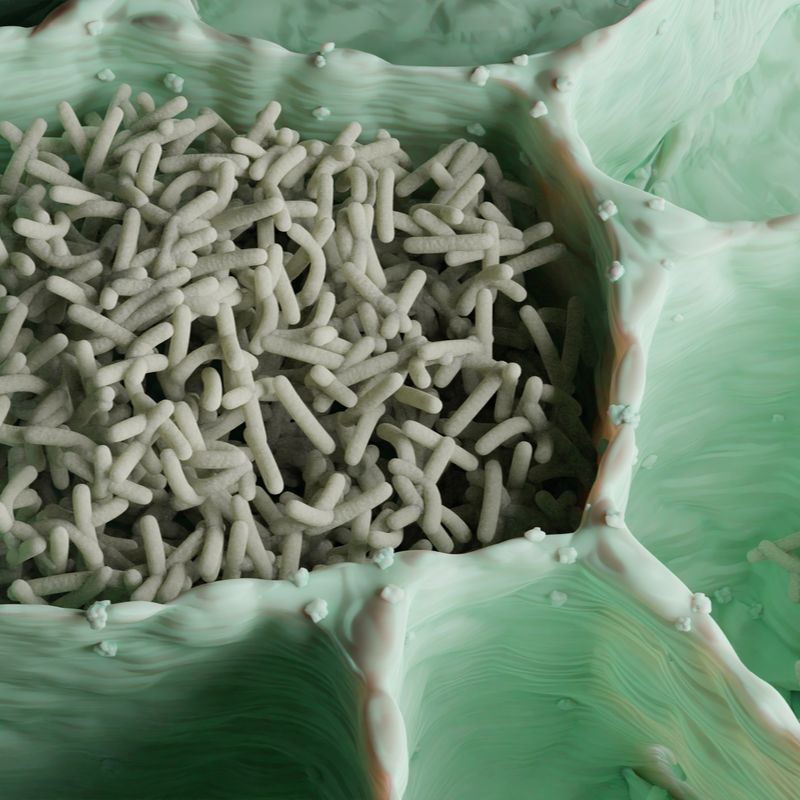
Bartonella melophagi
von: Eder Herbert
March 3, 2023
The Bartonella melophagi pathogen belongs to the species of Bartonella bacteria. These are gram-negative, intracellular bacteria that are transmitted by vectors.

Bartonella quintana
von: Eder Herbert
March 3, 2023
The Bartonella quintana pathogen is from the Bartonella genus and is a gram-negative bacterium. The bacterium is considered the causative agent of trench fever and is widespread worldwide

Bartonella rochalimae
von: Eder Herbert
March 3, 2023
Bartonella rochalimae belongs to the genus Bartonellaceae and is a gram-negative bacterial species

Bartonella schoenbuchensis
von: Eder Herbert
March 3, 2023
Bartonella schoenbuchensis comes from the Bartonella genus and is a bacterium. The pathogen was isolated from the so-called red deer seed (Lipoptena cervi)
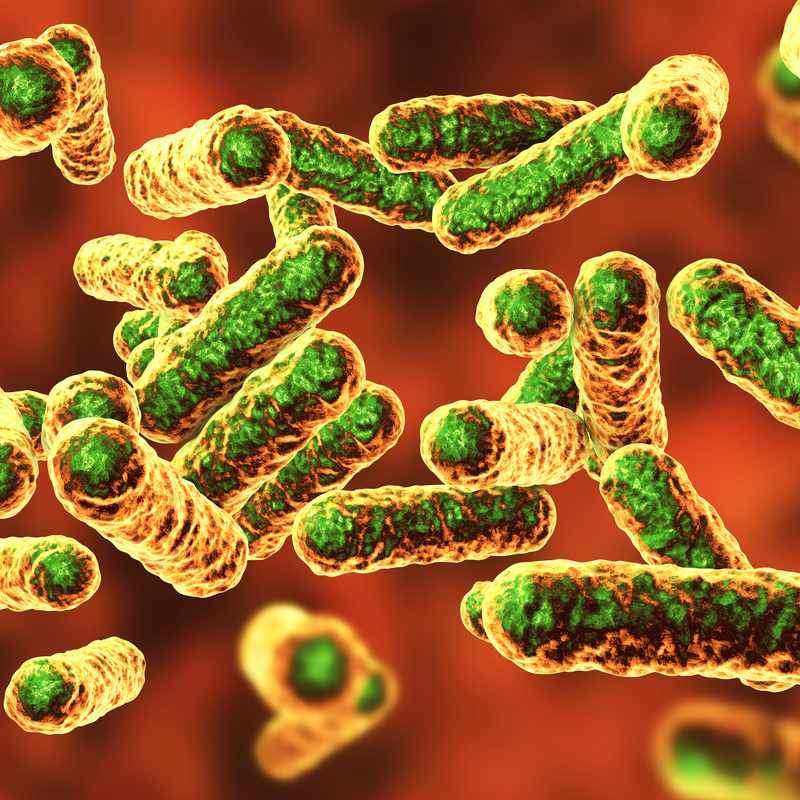
Bartonella tamiae
von: Eder Herbert
March 3, 2023
The Bartonella tamiae pathogen belongs to the Bartonella genus. It is a gram-negative, rod-shaped bacterium that lives like a parasite inside a host cell
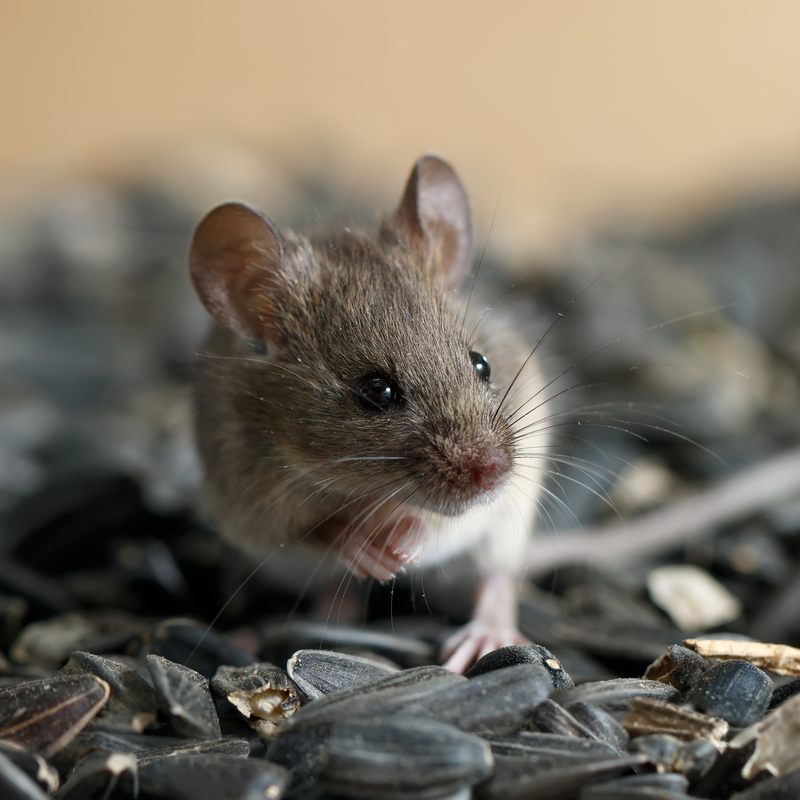
Bartonella taylorii
von: Eder Herbert
March 3, 2023
Bartonella taylorii belongs to the Bartonella genus and is a bacterium. Like other Bartonella species, the Bartonella taylorii pathogen can also cause diseases in animals
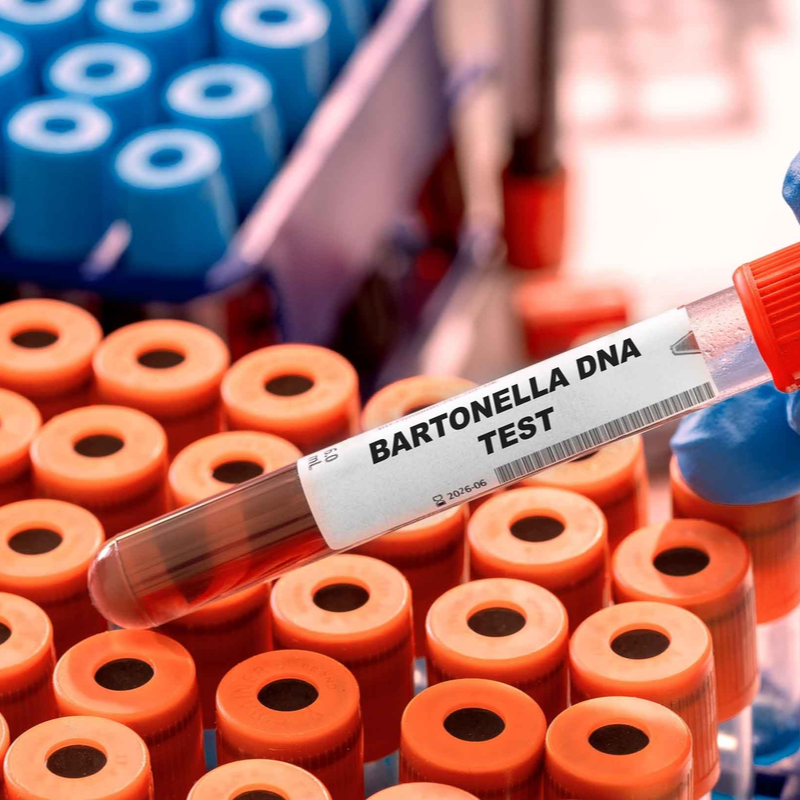
Bartonella weisii
von: Eder Herbert
March 3, 2023
The Bartonella weisii pathogen is more commonly known today as Bartonella bovis. It is a pathogenic bacterium that belongs to the Bartonella genus

Bordetella parapertussis
von: Eder Herbert
March 3, 2023
Bordetella parapertussis is a bacterium from the genus Bordetella. These are small, gram-negative rods that are aerobic, i.e. require oxygen for their reproduction

Campylobacter
von: Eder Herbert
March 3, 2023
Campylobacter are bacteria that cause contagious diarrhoeal diseases.

Citrobacter
von: Eder Herbert
March 3, 2023
Citrobacter spp. belong to the genus of gram-negative, anaerobic rod bacteria, which come from the Enterobacteriaceae family.

Clostridium acetobutylicum
von: Eder Herbert
March 3, 2023
Clostridium acetobutylicum is a gram-positive bacterium belonging to the genus Clostridia.

Lymphogranuloma venereum
von: Eder Herbert
March 3, 2023
Lymphogranuloma venereum is a classic venereal disease and belongs to a special form of genital chlamydial infection

Bartonella tribocorum
von: Eder Herbert
March 2, 2023
Bartonella tribocorum is a bacterium that belongs to the Bartonella genus. Like other Bartonella species, B. tribocorum can cause diseases in animals.

Clostridium botulinum
von: Eder Herbert
March 2, 2023
Clostridium botulinum is an anaerobic, i.e. oxygen-free, growing germ which forms spores and thus has a long survival period

